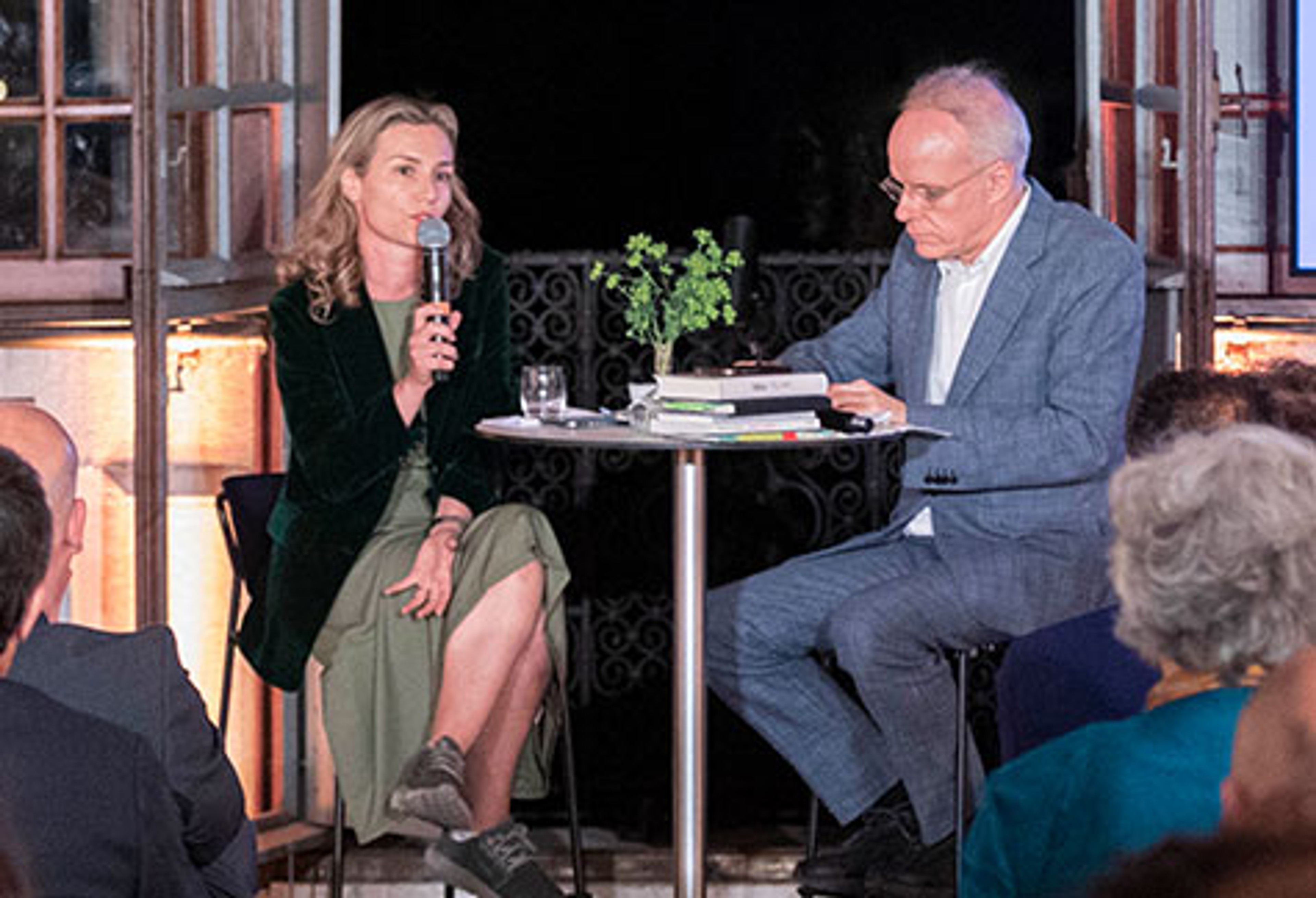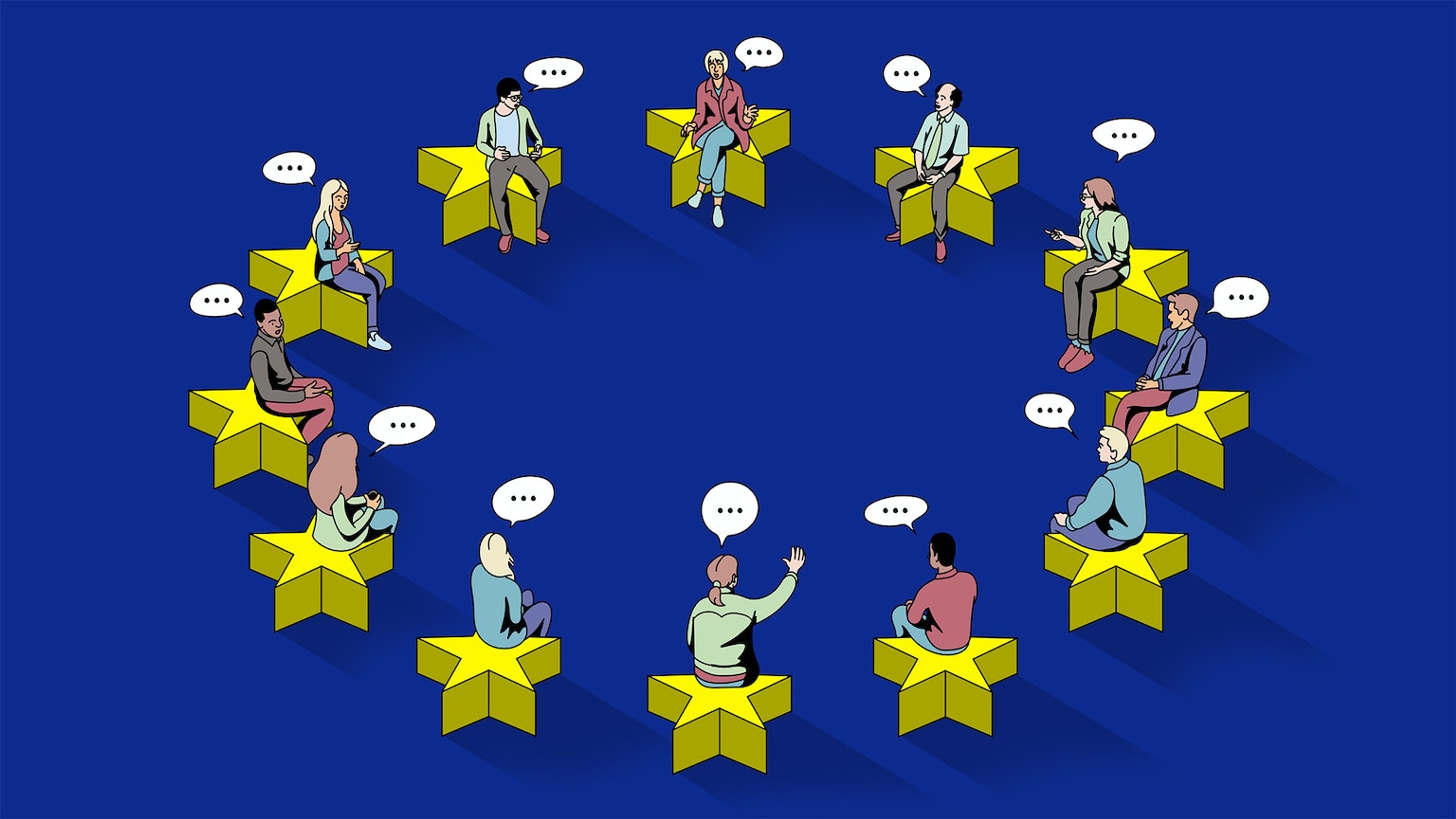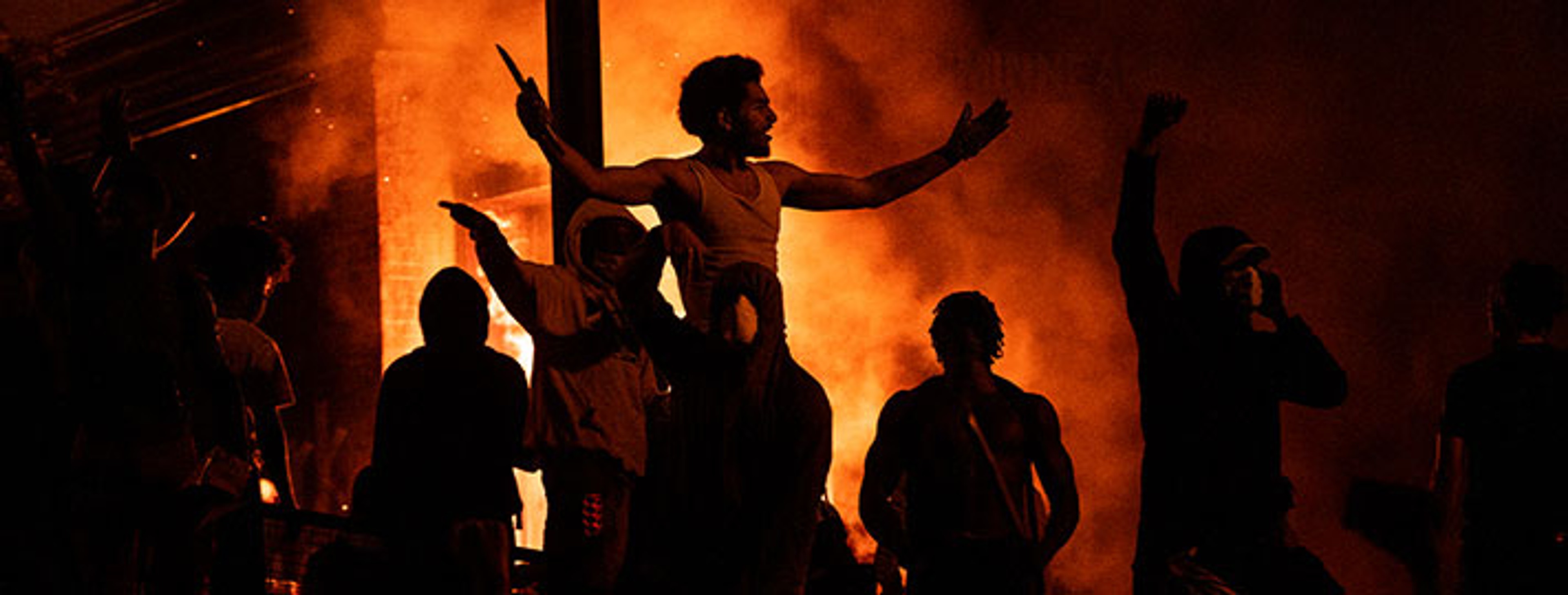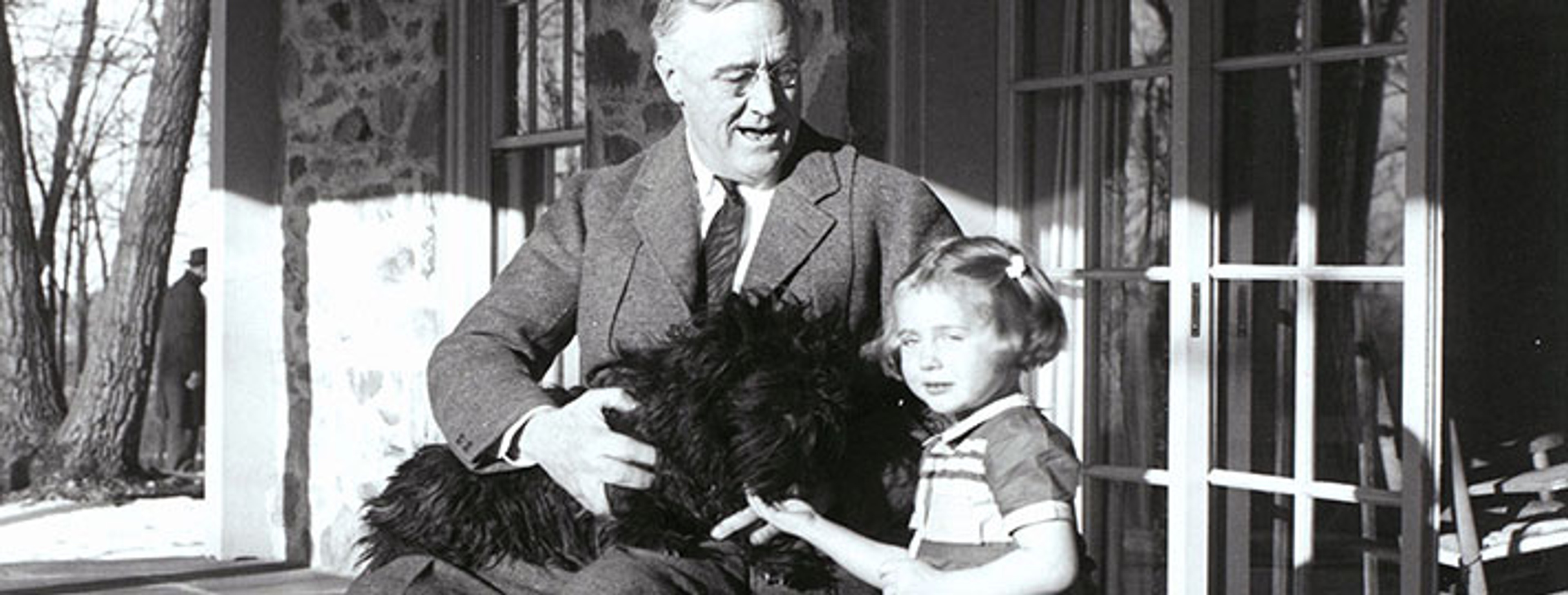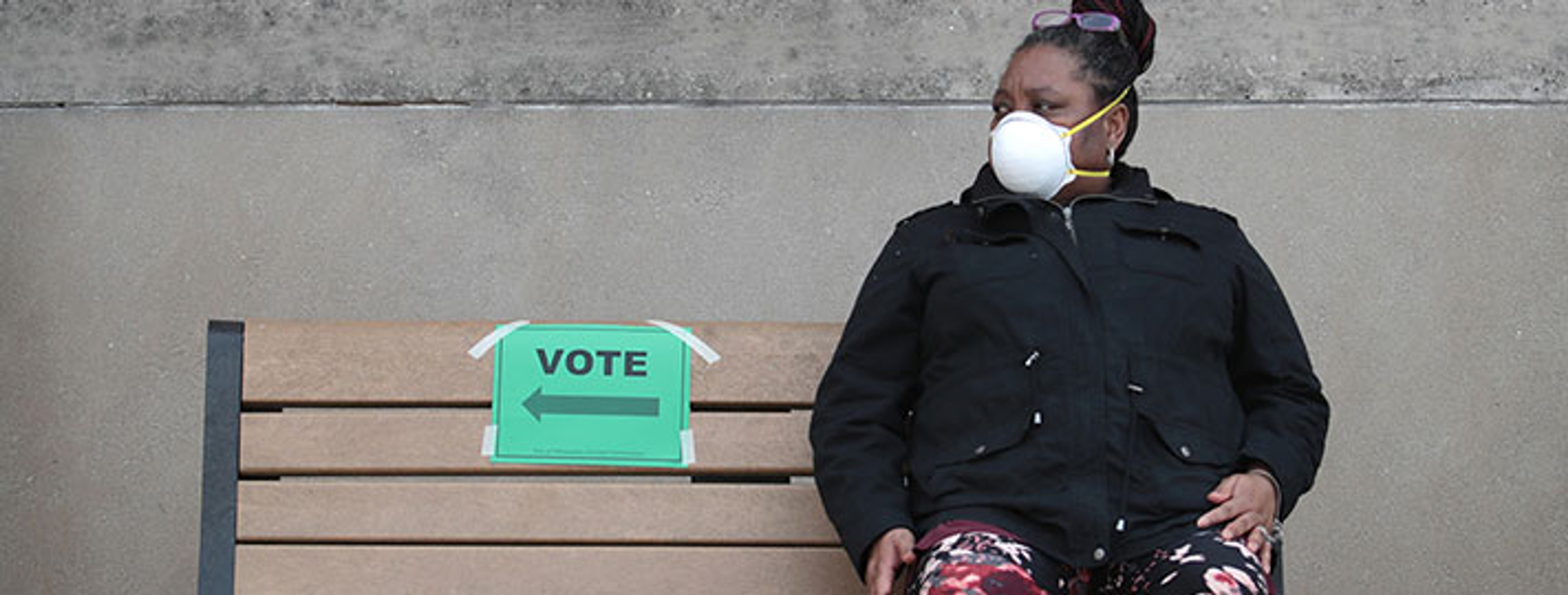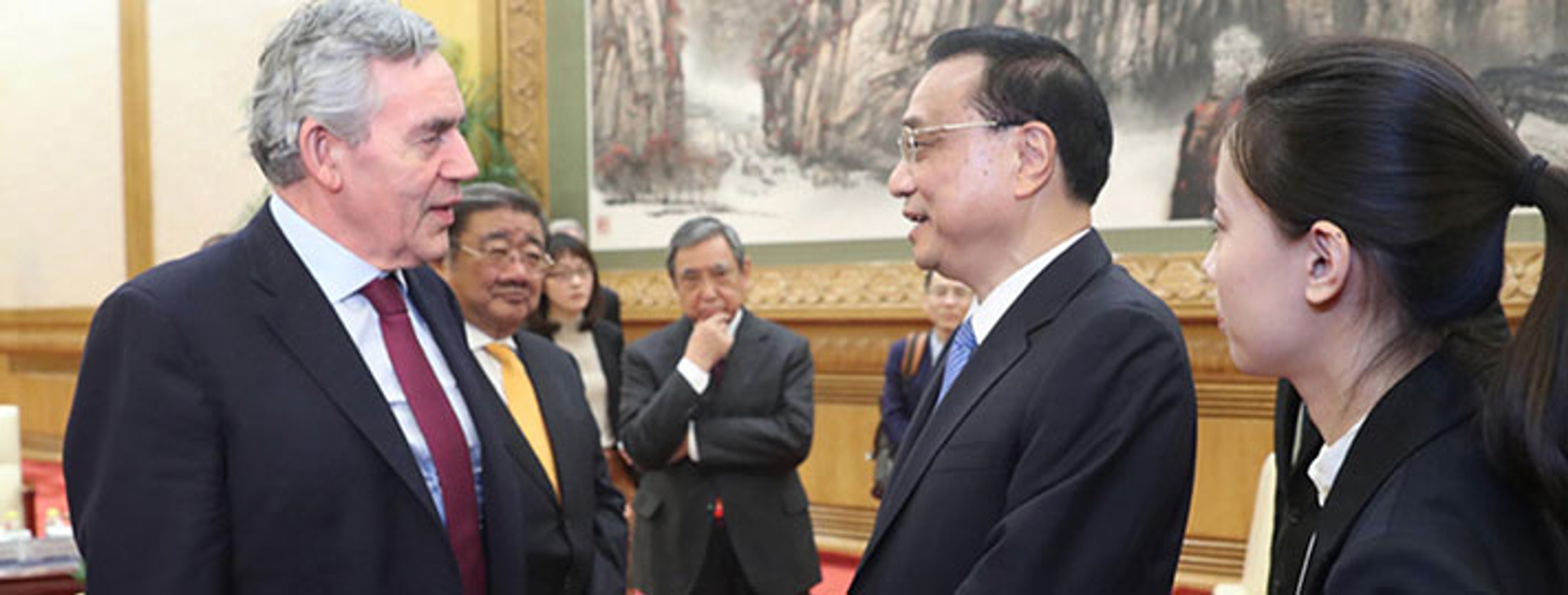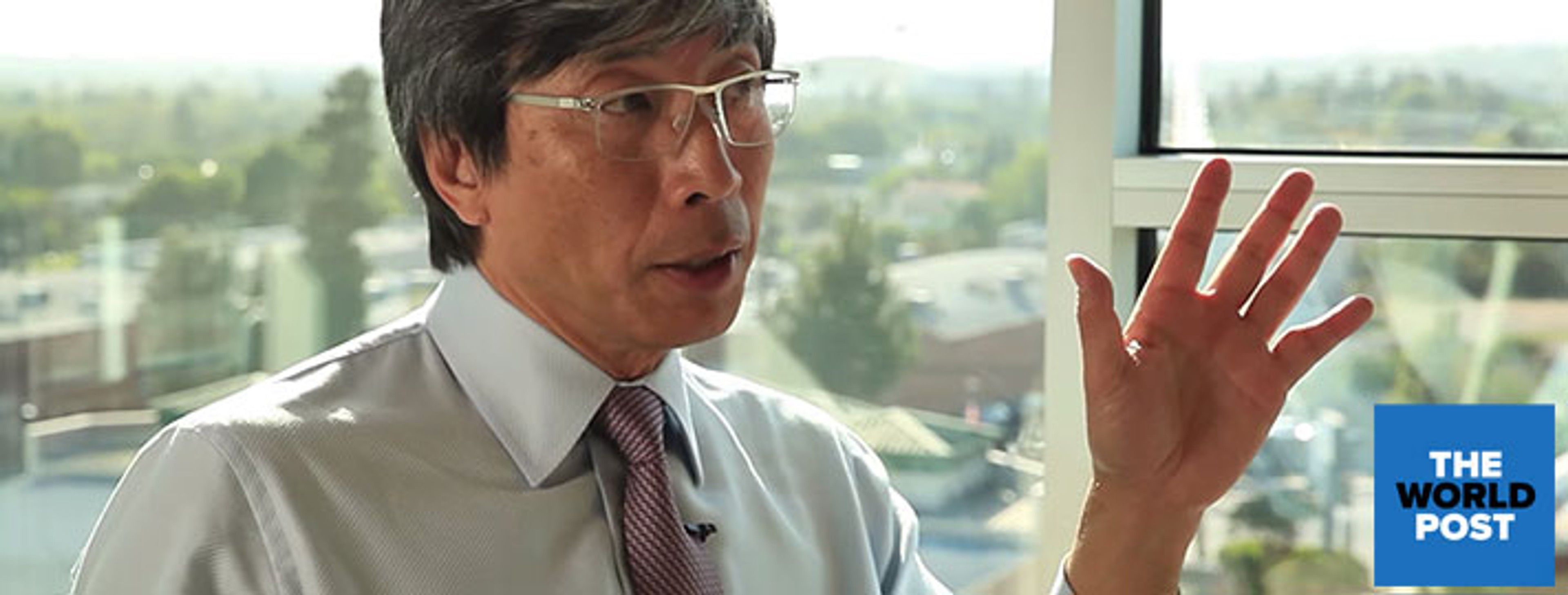Nathan Gardels
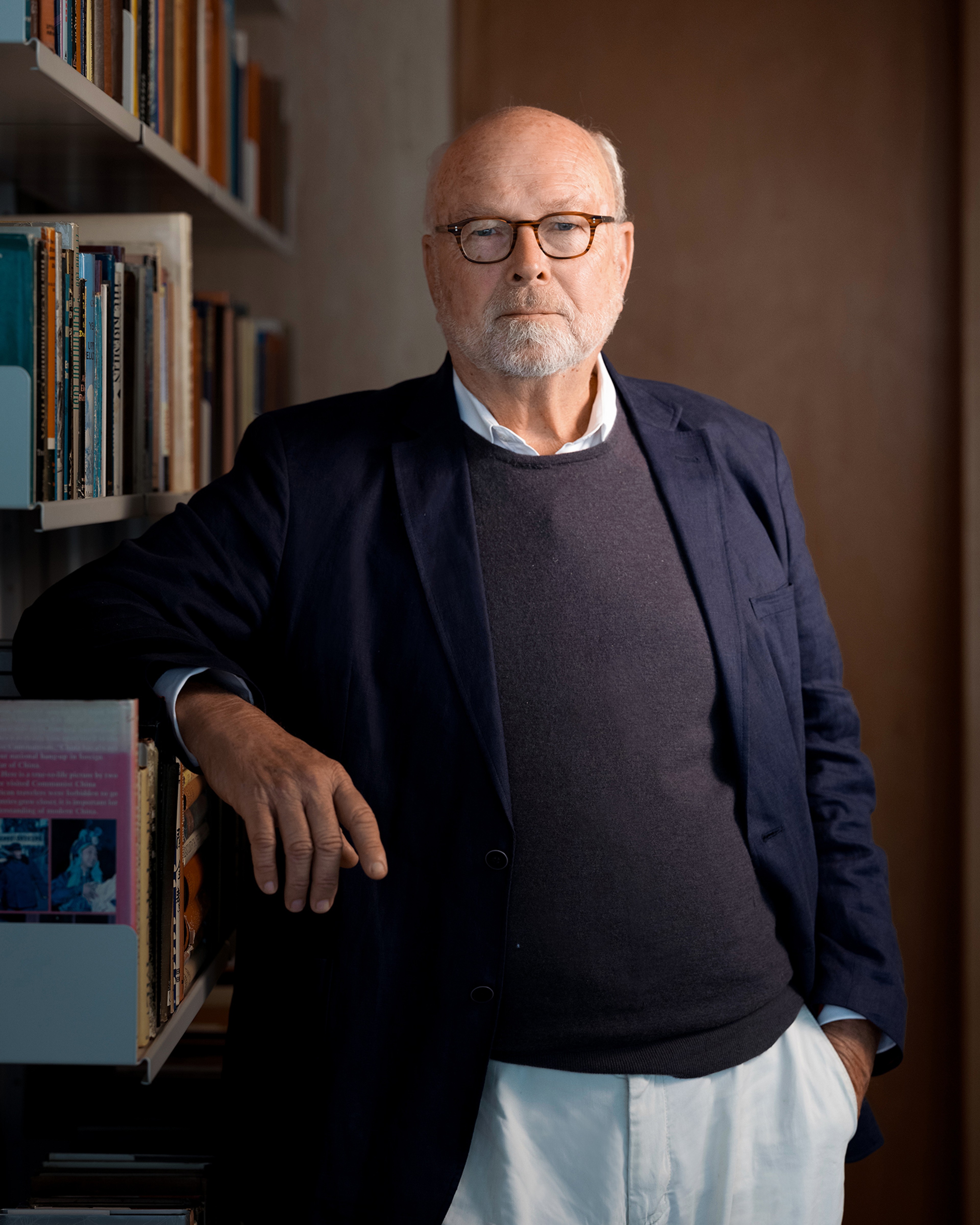
Nathan Gardels is the editor-in-chief of Noema Magazine, co-founder and a senior adviser to the Berggruen Institute. He has been editor of New Perspectives Quarterly since it began publishing in 1985. He has served as editor of Global Viewpoint and Nobel Laureates Plus (services of the Los Angeles Times Syndicate/Tribune Media) since 1989. These services have a worldwide readership of 35 million in 15 languages.
Gardels has written widely for The Wall Street Journal, the Los Angeles Times, The New York Times, The Washington Post, Harper’s Magazine, U.S. News & World Report and The New York Review of Books. He has also written for foreign publications, including Corriere della Sera, El Pais, Le Figaro, The Straits Times (Singapore), Yomiuri Shimbun, O’Estado de Sao Paulo, The Guardian, Die Welt and many others. His books include At Century’s End: Great Minds Reflect on Our Times and The Changing Global Order. He is co-author with Hollywood producer Mike Medvoy of American Idol After Iraq: Competing for Hearts and Minds in the Global Media Age.
Since 1986, Gardels has been a Media Fellow of the World Economic Forum (Davos). He has lectured at the Islamic Educational, Scientific and Cultural Organization (ISESCO) in Rabat, Morocco, and the Chinese Academy of Social Sciences in Beijing, China. Gardels was a founding member at the New Delhi meeting of Intellectuels du Monde and a visiting researcher at the USA-Canada Institute in Moscow before the end of the Cold War. He has been a member of the Council of Foreign Relations, as well as the Pacific Council, for many years.
From 1983 to 1985, Gardels was executive director of the Institute for National Strategy, where he conducted policy research at the USA-Canada Institute in Moscow, the People’s Institute of Foreign Affairs in Beijing, the Swedish Institute in Stockholm and the Friedrich Ebert Stiftung in Bonn. Prior to this, he spent four years as key adviser to the Governor of California on economic affairs with an emphasis on public investment, trade issues, the Pacific Basin and Mexico.
Gardels is co-author with Nicolas Berggruen of Renovating Democracy: Governing in the Age of Globalization and Digital Capitalism (University of California Press) and Intelligent Governance for the 21st Century, a Financial Times Book of the Year. Gardels holds degrees in Theory and Comparative Politics and in Architecture and Urban Planning from UCLA. He lives in Los Angeles with his wife, Lilly, and two sons, Carlos and Alexander.
Gardels was previously a member of the 21st Century Council, Council for the Future of Europe, and Globalization and Geopolitics.

